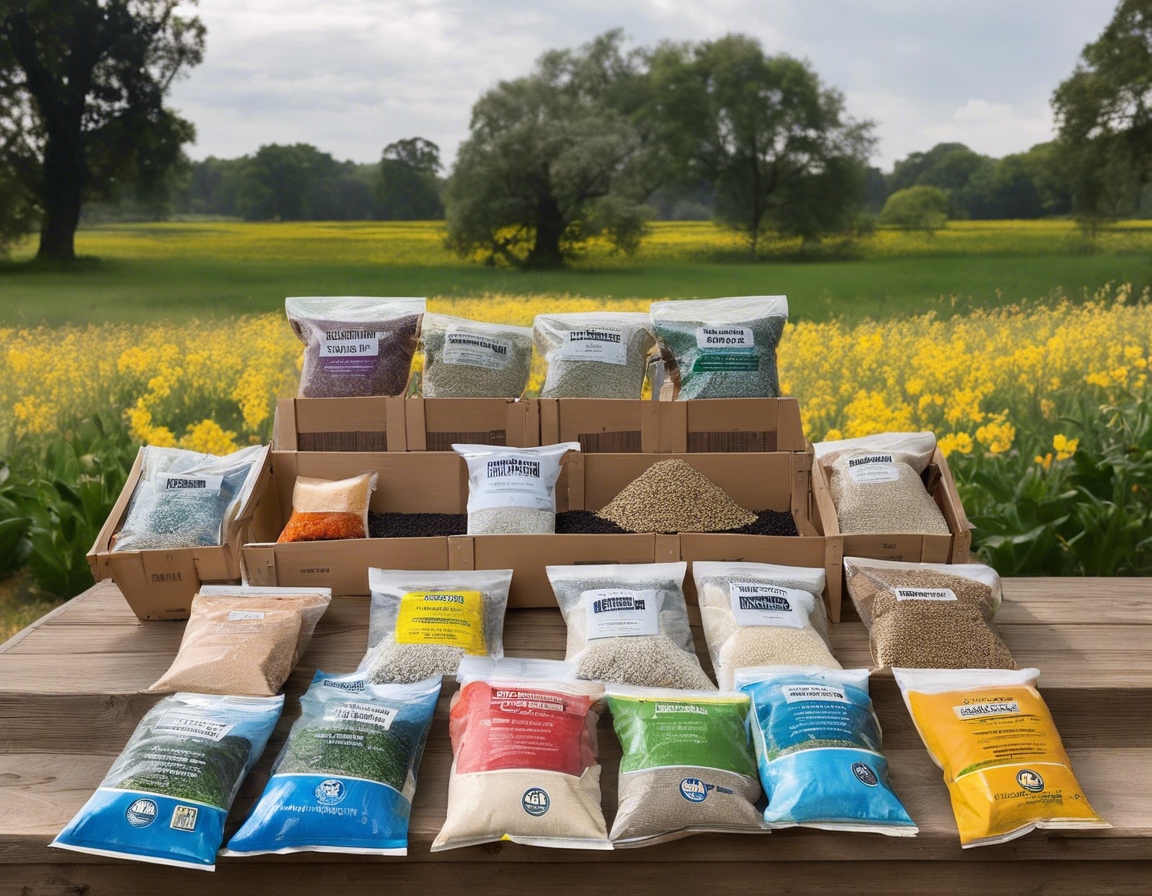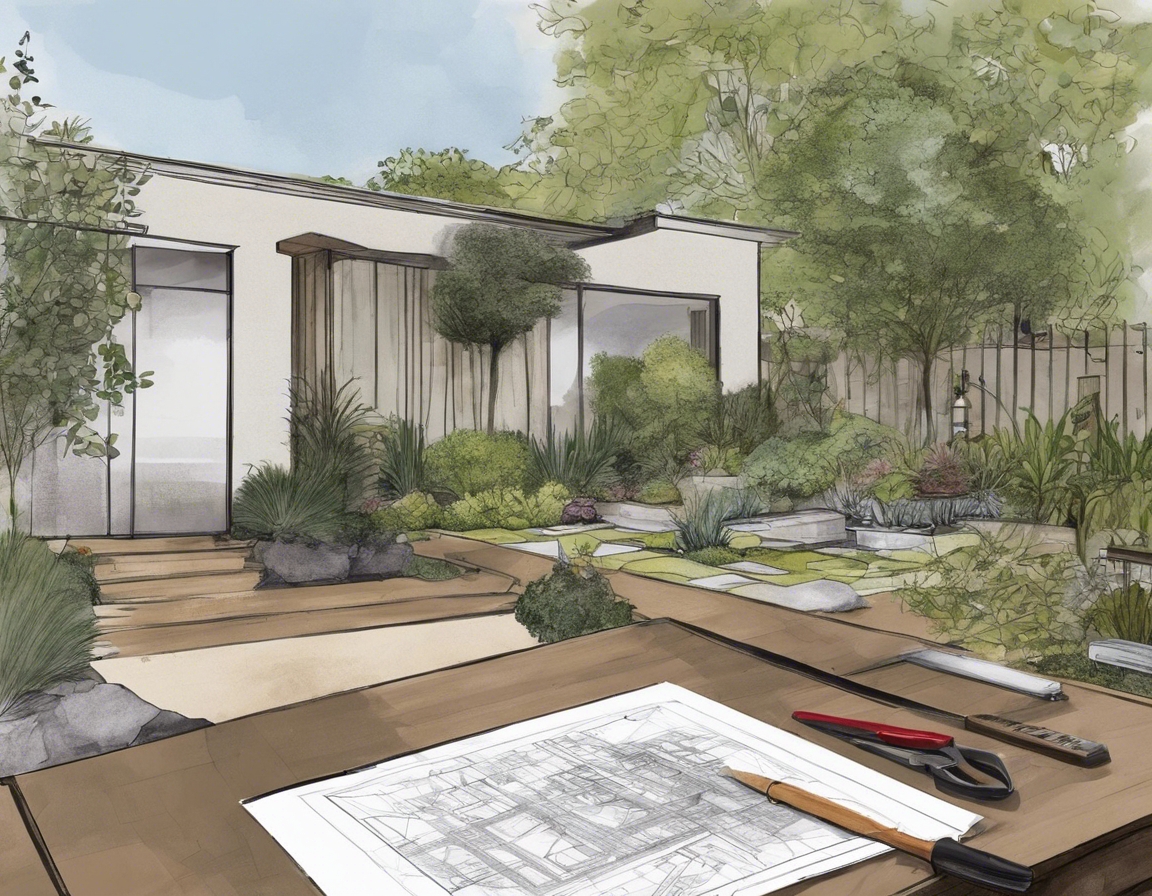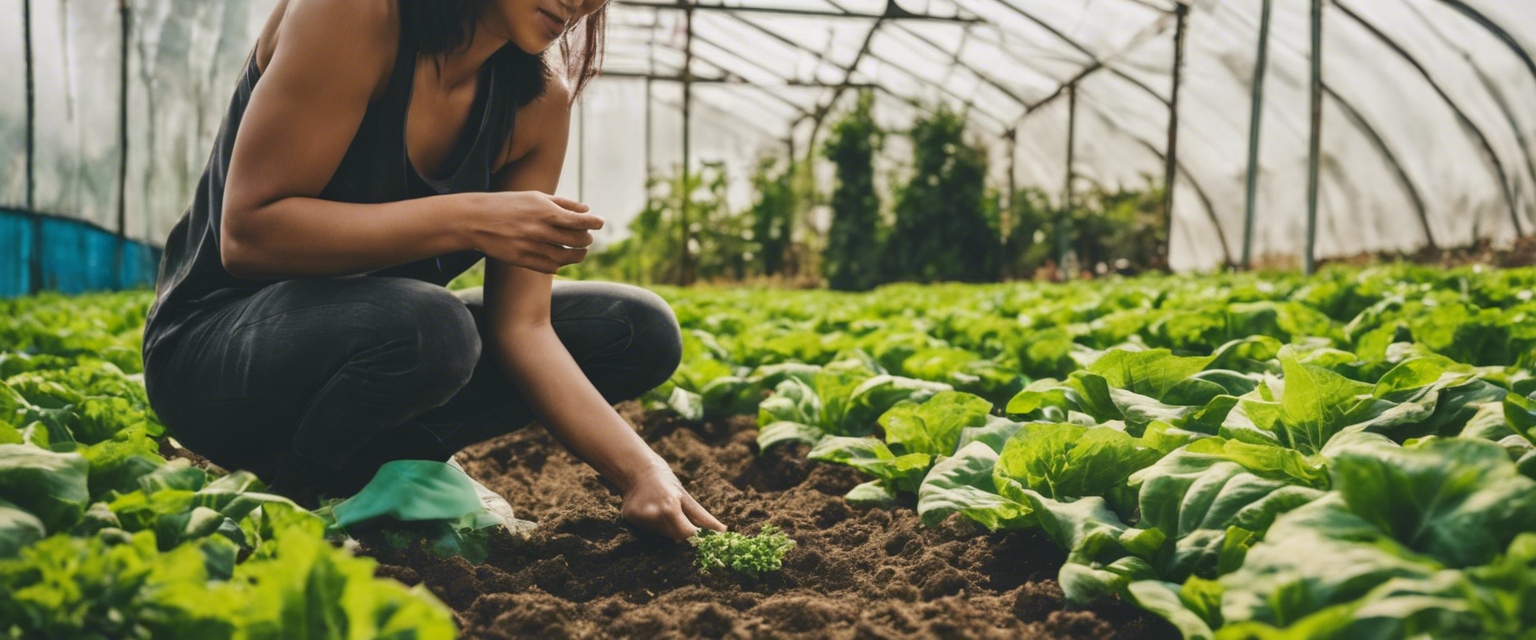5 tips for designing your modular garden bed
Modular garden beds offer a flexible and sustainable approach to gardening, allowing both novice and experienced gardeners to create dynamic outdoor spaces. These versatile systems can be easily configured to fit various landscapes and preferences, making them an ideal choice for our diverse clientele.
Modular garden beds are pre-fabricated units that can be assembled to form raised planting areas. Their modularity allows for customization in layout and design, accommodating different garden sizes and styles.
These garden beds provide numerous advantages, including improved soil conditions, better pest and weed control, and enhanced ergonomic comfort for gardeners. They also promote efficient use of space and can be particularly beneficial in urban settings.
Tip 1: Assessing Your Space and Needs
When designing your modular garden bed, the first step is to evaluate the available space. Take into account sunlight exposure, accessibility, and proximity to resources such as water. The location will significantly influence the success of your garden.
Modular garden beds can be tailored to fit your space. Whether you're working with a compact balcony or a sprawling backyard, decide on the dimensions that will best serve your gardening goals while complementing the surrounding area.
Tip 2: Selecting the Right Materials
Opt for materials that are not only durable but also environmentally friendly. Recycled plastics, sustainably sourced wood, and metal are popular choices that align with eco-conscious values.
It's essential to select materials that will withstand the elements and require minimal upkeep. This ensures that your garden bed remains functional and attractive for years to come.
Tip 3: Soil and Drainage Considerations
The right soil mix is crucial for plant health and growth. Consider a blend that provides adequate nutrients, aeration, and moisture retention. Customizing your soil can lead to a more productive garden.
Good drainage is vital to prevent waterlogging and root diseases. Incorporate drainage layers or use materials that allow for water permeability to maintain optimal soil conditions.
Tip 4: Plant Selection and Arrangement
Select plants that are well-suited to your local climate and the specific conditions of your garden's location. Consider the amount of sunlight your modular bed will receive and choose plants accordingly.
Arrange your plants in a way that maximizes both beauty and productivity. Grouping plants with similar needs makes maintenance easier, while varying heights and colors can create a visually appealing display.
Tip 5: Irrigation and Care
Consider installing drip irrigation or soaker hoses for efficient watering. These systems can save time and resources by delivering water directly to the plant roots.
Regularly check your plants for signs of stress or disease. Promptly address any issues and adjust care routines as needed to ensure your garden thrives.






Comments (0)